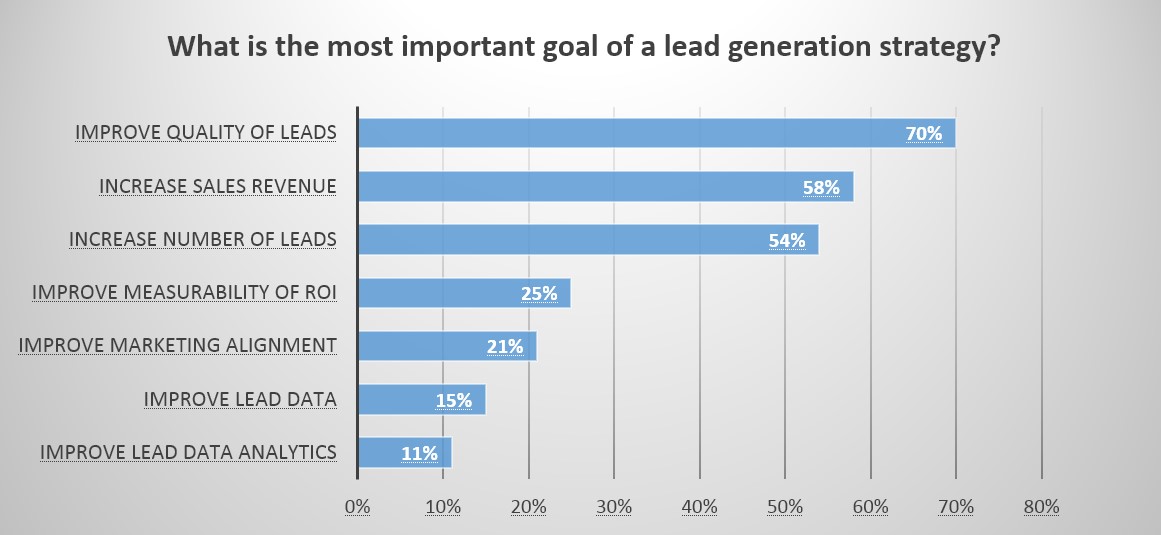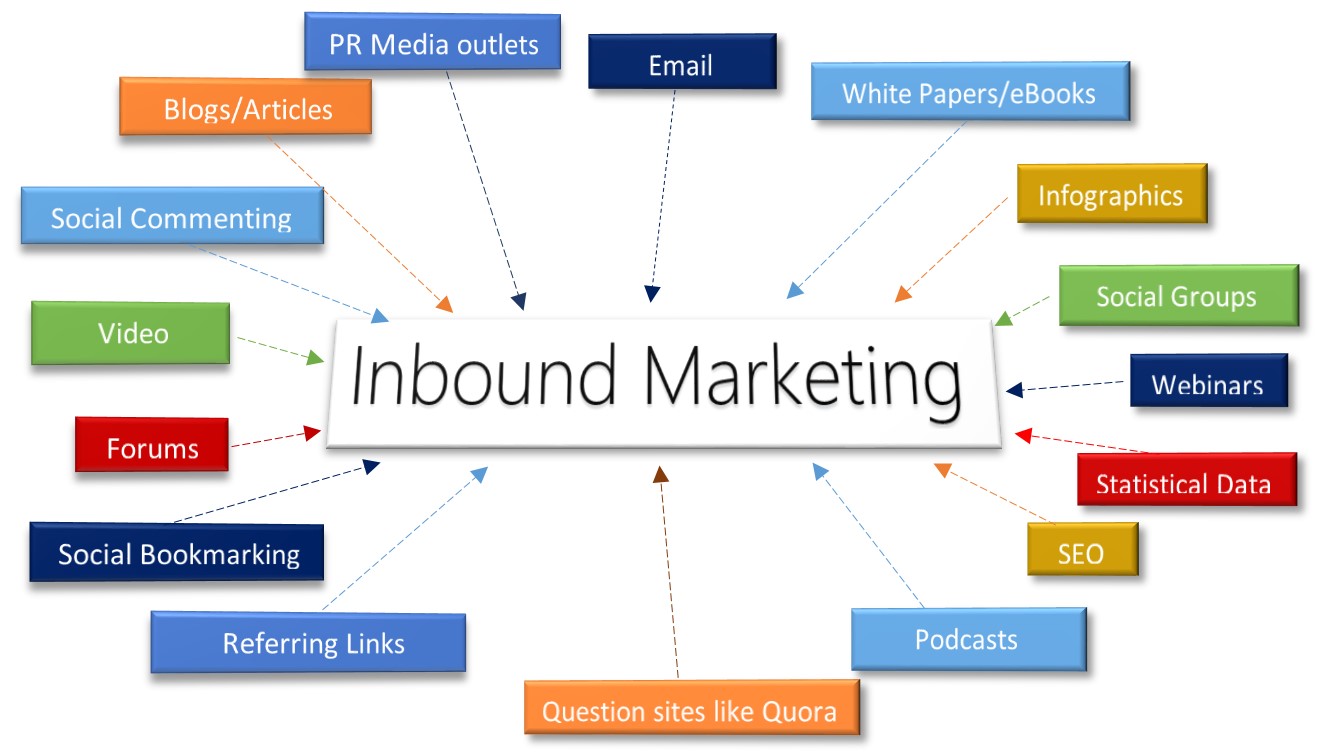In a recent study done by Asend2, we discovered that marketers by and large say they would be okay with sacrificing the number of leads they’re generating if it meant they could find higher quality leads.
This is very telling of how digital marketing works today. With such a disparity between 54% desiring more leads and 70% wanting to increase their lead conversion rate, it’s no big mystery that some of the methods marketers use today have become less potent.
And with online analytical tools finally becoming fully streamlined and understood it’s easier to see, than ever, that the success of an online lead generation strategy boils down to getting the right traffic in the right places.
If you want to get a feel for how important getting the right traffic is, filter down your segments by URL in your website analytics tool and we’ll bet you’ll find something like this:
(KISSmetrics funnel tool)
This sample was taken from just about 150,000 visitors. Looking at this, it’s really not hard to see that more traffic does not equal more leads. Yet the whole “I need more traffic to my website!” is all so many lead generation strategies are still focused on.
Qualified leads and qualified traffic go hand in hand when it comes to your website.
Although it has been said time and time again for the past few years, the principals of what has been established as “inbound marketing” are the most effective at penetrating the digital channels where your target audience spends their time.
There are all kinds of inbound marketing techniques that people use today. The most common are listed on this graphic:
So what is your online strategy for finding leads?
Perhaps you’re funneling in a few dollars into Google ads, some SEO work, a blog writer to raise visibility, or even a LinkedIn sales rep to develop your business’ B2B leads.
While these strategies do work, you’ll likely find that some work better than others for each company.
Most importantly, generating qualified leads is always an overarching strategy; it’s far from a one trick pony. Finding the best converting traffic sources is only half the battle. Chucking what doesn’t work and bettering your strengths is the only way to move forward.
However, it is worth mentioning that combining traditional online advertising methods like PPC with inbound marketing can have a powerful effect if you’re in the right industry and you leverage local traffic sources.
For example, if you own a small shoe brand that you’re trying to get off the ground, it is doubtful investing in Google ads will turn a profit with so many big competitors. But a local PPC campaign would be highly beneficial for a company that does something specialized like selling bio solid drying equipment.
But at the end of the day, business developers and marketers alike will continue to funnel money into the wrong methods of acquiring qualified leads simply because that’s that way it’s been done in the past.
But it doesn’t have to be completely on your shoulders to discover what you need to do and how to do it. We can take a deep look into your analytics and find where you’re losing and where you could be winning.
Want to learn more about analytics or inbound marketing?
We recommend this:
1) With few examples of how inbound strategies have worked for people and how to leverage them, this article does a great job of explaining some inbound strategies.
2) The chart with conversion data that we showed earlier can easily give you insights into what’s working, and what’s not. You can find out how to do this in Google Analytics here.






